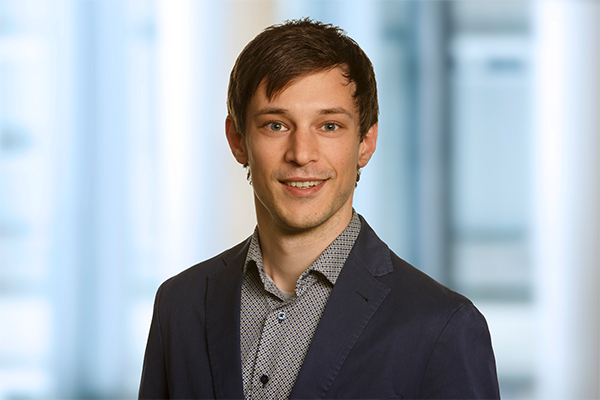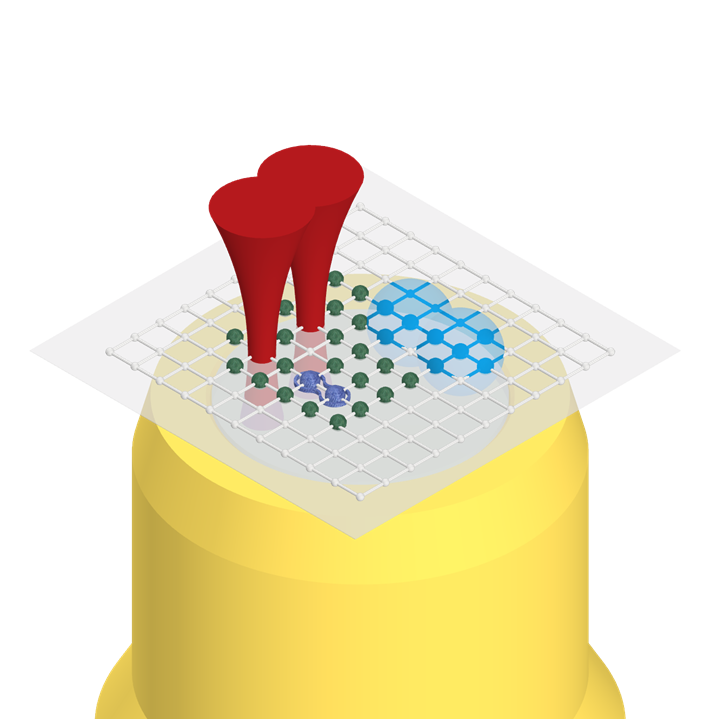Realizing a Quantum Processor based on Strontium Rydberg Atoms
Maximilian Ammenwerth – Hector Fellow Immanuel Bloch
In this project, an innovative quantum gas microscope is developed that makes use of optical tweezers to rearrange neutral strontium atoms into configurable and defect-free patterns. This allows for rapid initialization of the system and serves as a starting point for the analog simulation of quantum many-body systems and as a qubit register for digital quantum computing. Exploiting long-range Rydberg interactions enables the simulation of spin models and the implementation of quantum logic gates.
Quantum gas microscopes have been successfully used for detailed studies of complex quantum many-body systems. In this project, an innovative quantum gas microscope is developed with a focus on fast measurement repetition rates and applications in the field of analog quantum simulation and additionally digital quantum computing.
Optical tweezers are used to rearrange neutral strontium atoms into configurable and defect-free arrangements within an optical lattice. The combination of active re-sorting followed by laser cooling into the motional ground state facilitates a fast initialization of the system. This serves as a starting point for the subsequent quantum simulation of many-body systems and as a qubit register with large system size.
The coupling of the trapped atoms to highly excited Rydberg states offers the opportunity to realize long-range interactions with variable strength and enables the analog quantum simulation of e.g. spin models. Furthermore, the direct addressability of individual atoms through a high-resolution microscope objective allows for the implementation of gate operations on individual qubits. The selective excitation of some qubits to Rydberg states enables the implementation of quantum logic gates. This opens the possibility to explore neutral atoms as a platform for quantum computing.
Optical tweezers (red) are used to rearrange neutral strontium atoms (green) onto the desired lattice sites. The selective excitation of atoms into Rydberg states with long-range interactions (light blue) enables the implementation of quantum gates to generate e.g. correlated quantum states (dark blue).

Maximilian Ammenwerth
Max Planck Institute of Quantum OpticsSupervised by

Immanuel Bloch
Physics

